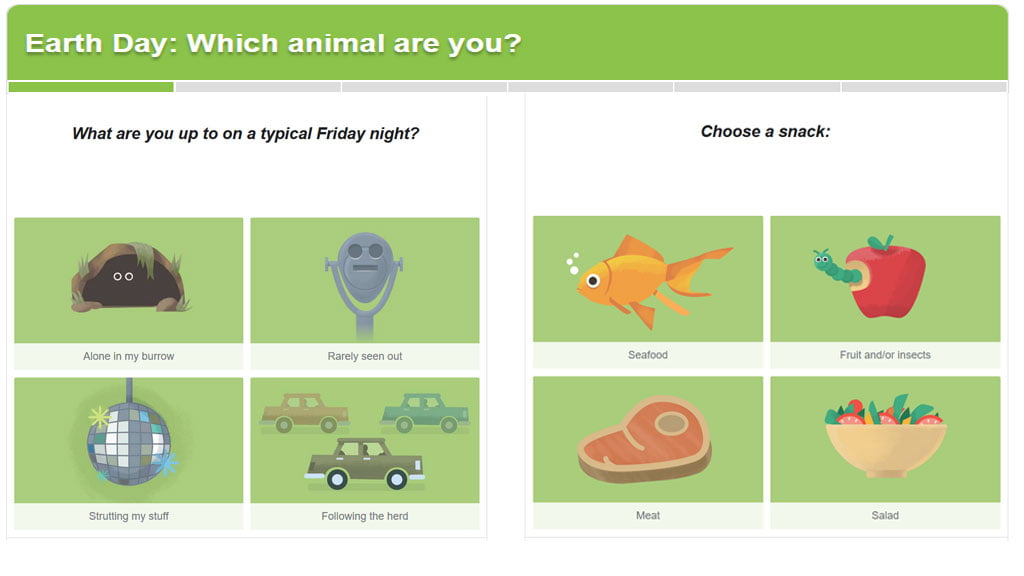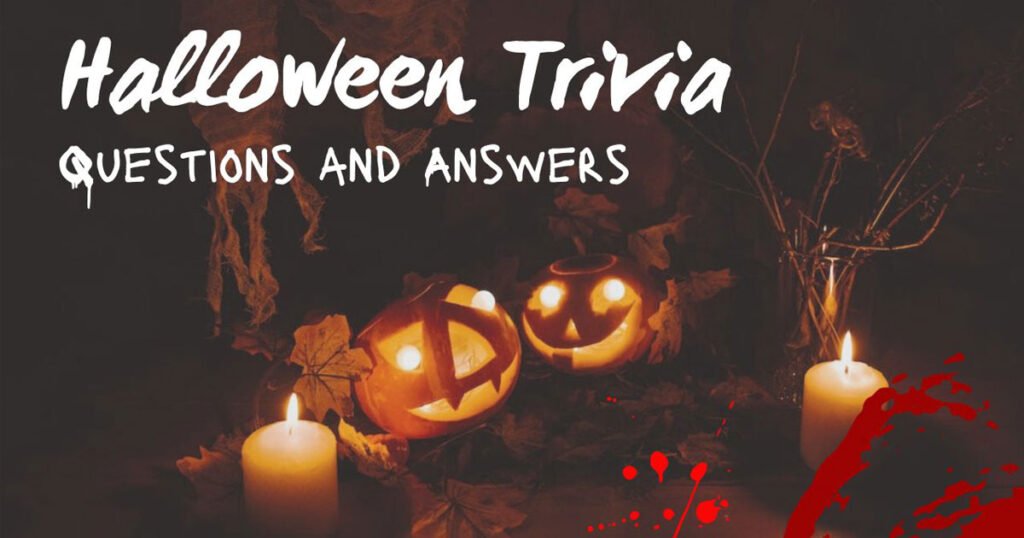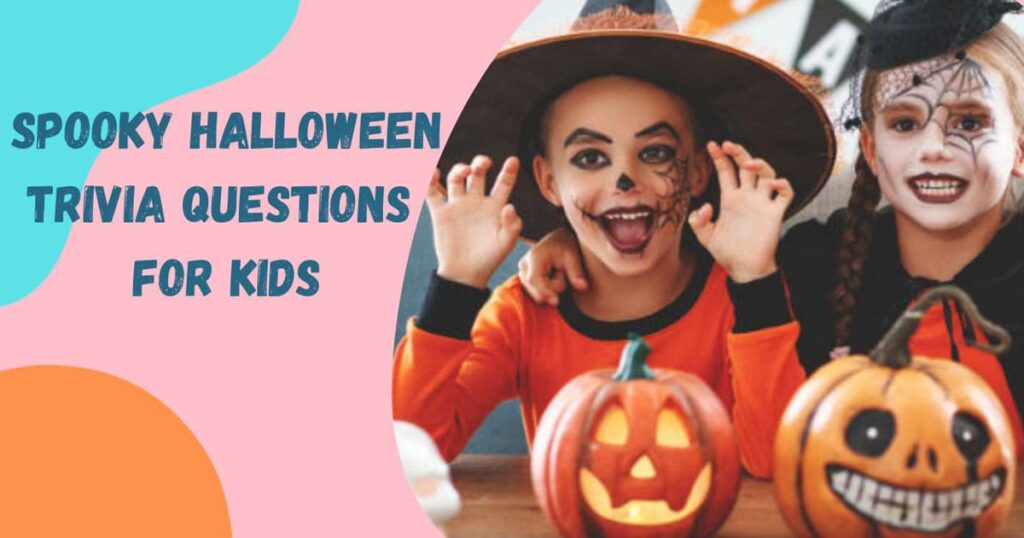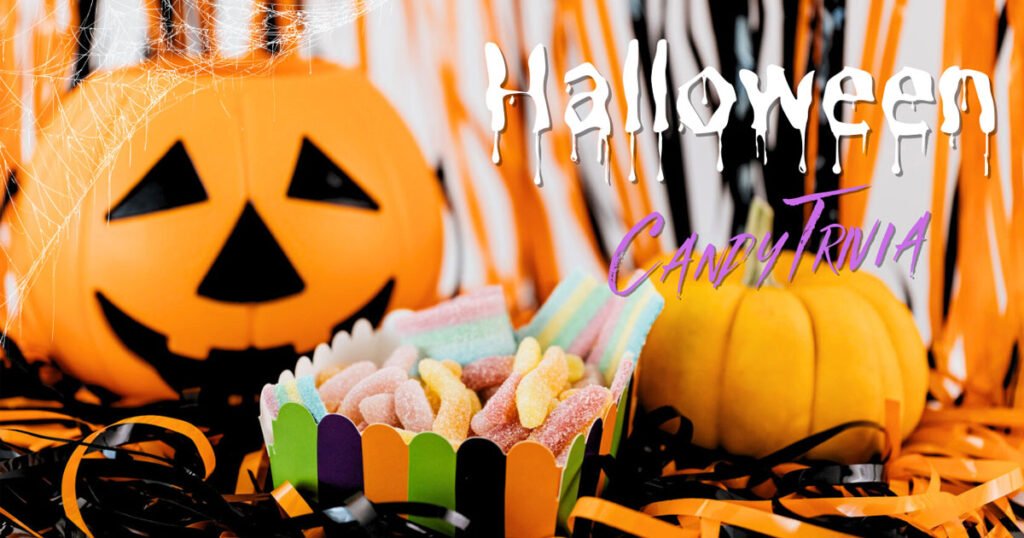Are you ready to challenge your knowledge with fascinating Spanish trivia questions? Explore our collection of questions and answers that will not only entertain but also educate you about the vibrant Spanish language and culture.
Whether you’re preparing for a quiz night, looking for fun ways to learn Spanish, or simply want to impress your friends, our Spanish trivia questions are perfect for every occasion. Dive in and discover a new way to connect with the rich heritage of the Spanish-speaking world!
Cultural Insights
Spanish Trivia Questions offer a fun way to learn about Spain’s rich cultural tapestry. Delving into cultural insights can help you understand the traditions, festivals, and celebrations that make Spain unique. These trivia questions not only test your knowledge but also deepen your appreciation for Spanish culture.
Famous Traditions
Spain boasts many famous traditions that have been passed down through generations. These traditions are a vital part of Spanish identity and offer fascinating insights into the country’s cultural heritage.
One of the most well-known traditions is the Siesta. The siesta is a short nap taken in the early afternoon, often after the midday meal. It reflects the Spanish lifestyle, emphasizing rest and relaxation.
Another significant tradition is the Flamenco Dance. Flamenco is more than a dance; it’s a passionate expression of emotions, often accompanied by guitar music and singing. Originating in Andalusia, Flamenco is recognized worldwide for its intensity and beauty.
Here are some other notable Spanish traditions:
- Tapas – Small dishes served with drinks, promoting social interaction.
- Running of the Bulls – An annual event in Pamplona, where people run in front of a group of bulls.
- La Tomatina – A tomato-throwing festival held in the town of Buñol.
These traditions showcase the vibrant and diverse culture of Spain, each offering a unique glimpse into the country’s way of life.
Festivals And Celebrations
Spain is renowned for its lively festivals and celebrations, each reflecting the country’s rich history and culture. These events are marked by colorful parades, music, dance, and communal gatherings.
One of the most famous festivals is La Feria de Abril in Seville. This week-long fair features traditional costumes, horse parades, and Flamenco dancing. It’s a celebration of Andalusian culture and traditions.
Another notable celebration is Semana Santa or Holy Week. During this time, elaborate processions take place in many cities, especially in Seville and Malaga. The processions feature religious statues and participants dressed in traditional robes.
Here’s a quick look at some other significant Spanish festivals:
| Festival | Location | Description |
|---|---|---|
| Las Fallas | Valencia | Celebrates Saint Joseph with large puppets and fireworks. |
| San Fermín | Pamplona | Famous for the Running of the Bulls. |
| La Mercè | Barcelona | Features human towers and street parades. |
These festivals and celebrations highlight the communal spirit and joy of Spanish culture. Each event is a testament to the country’s love for life and tradition.
101 Spanish Trivia Questions And Answers
Here are 101 Spanish Trivia Questions and Answers, categorized for easier reference:
General Knowledge
Q: What is the capital of Spain?
A: Madrid
Q: What is the official language of Spain?
A: Spanish (Castilian)
Q: Who was the famous Spanish painter known for works like “Guernica”?
A: Pablo Picasso
Q: In which year did Spain host the FIFA World Cup?
A: 1982
Q: What is the Spanish word for “hello”?
A: Hola
Q: Which region in Spain is famous for its running of the bulls?
A: Navarra (Pamplona)
Q: Who was the first king of Spain from the Bourbon dynasty?
A: Philip V
Q: Which Spanish city is famous for its annual tomato fight called “La Tomatina”?
A: Buñol
Q: What is the most famous Spanish festival held in late March or early April?
A: Semana Santa (Holy Week)
Q: What currency is used in Spain?
A: Euro (€)
Geography
Q: What is the highest mountain in Spain?
A: Teide (in the Canary Islands)
Q: Which two archipelagos are part of Spain?
A: The Canary Islands and the Balearic Islands
Q: What is the longest river in Spain?
A: The Ebro River
Q: Which body of water lies to the east of Spain?
A: The Mediterranean Sea
Q: Which Spanish region is known for its famous wine production?
A: La Rioja
Q: What is the name of Spain’s famous mountain range running from the east to the west?
A: The Pyrenees
Q: Which Spanish city is known for its modernist architecture by Antoni Gaudí?
A: Barcelona
Q: Which Spanish city is the closest to Morocco?
A: Ceuta
Q: Which is the smallest autonomous community in Spain by area?
A: Madrid
Q: What is the name of the river that separates Spain and Portugal?
A: The Guadiana River
Spanish History
Q: When did Christopher Columbus first arrive in the Americas?
A: 1492
Q: What empire was Spain a part of during the 16th century?
A: The Spanish Empire
Q: Who was the last ruler of the Spanish Habsburg dynasty?
A: Charles II
Q: Which Spanish dictator ruled the country from 1939 to 1975?
A: Francisco Franco
Q: When did Spain officially become a democracy after Franco’s dictatorship?
A: 1978
Q: What event caused the Spanish Civil War?
A: A military uprising against the Republican government in 1936
Q: Which historic event occurred on October 12, 1492?
A: Christopher Columbus’ arrival in the Americas
Q: What major religious event happened in Spain in 1492?
A: The completion of the Reconquista (reconquering of Spain from the Moors)
Q: Which famous Spanish explorer circumnavigated the globe?
A: Ferdinand Magellan
Q: When did Spain lose its last colony, Cuba?
A: 1898
Spanish Culture
Q: What is the name of Spain’s famous dance and music style?
A: Flamenco
Q: Which Spanish festival is famous for its running of the bulls?
A: San Fermín
Q: What is the national sport of Spain?
A: Football (Soccer)
Q: Which Spanish football club is one of the most successful in history?
A: Real Madrid
Q: What is the name of the famous Spanish dish made from rice, saffron, and seafood or meat?
A: Paella
Q: Which Spanish dish is made of thinly sliced cured ham?
A: Jamón
Q: Which popular Spanish drink is made from red wine and fruit?
A: Sangria
Q: What is the traditional Spanish Christmas decoration known for its figures of the nativity scene?
A: Belén (Nativity scene)
Q: Which famous Spanish architect designed the Sagrada Familia in Barcelona?
A: Antoni Gaudí
Q: Which Spanish artist is famous for his surrealist paintings?
A: Salvador Dalí
Famous People
Q: Who is the Spanish tennis player with the most Grand Slam singles titles?
A: Rafael Nadal
Q: Which Spanish actress starred in the movie “Volver” by Pedro Almodóvar?
A: Penélope Cruz
Q: Who is the famous Spanish author of “Don Quixote”?
A: Miguel de Cervantes
Q: Which Spanish actress won an Academy Award for her role in “Vicky Cristina Barcelona”?
A: Penélope Cruz
Q: Which Spanish soccer player is known for his time at Barcelona and for being a World Cup winner?
A: Andrés Iniesta
Q: Who is the Spanish painter known for his Blue Period and Cubism?
A: Pablo Picasso
Q: Which Spanish director is known for movies like “Talk to Her” and “The Skin I Live In”?
A: Pedro Almodóvar
Q: Who is the famous Spanish singer known for songs like “Héroe”?
A: Enrique Iglesias
Q: Who was the first female Prime Minister of Spain?
A: María Teresa Fernández de la Vega
Q: Which Spanish opera singer is renowned for her career in the 20th century?
A: Plácido Domingo
Spanish Language & Literature
Q: How many official languages are spoken in Spain?
A: Four (Spanish, Catalan, Galician, Basque)
Q: What is the word for “thank you” in Spanish?
A: Gracias
Q: In which Spanish region is the Catalan language spoken?
A: Catalonia
Q: What is the meaning of the Spanish word “amigo”?
A: Friend
Q: Which famous Spanish poet wrote “The Song of the Cid”?
A: Unknown author (It is an epic poem)
Q: Which Spanish word is used for “love”?
A: Amor
Q: What is the Spanish word for “book”?
A: Libro
Q: Who wrote “Don Juan Tenorio,” a famous Spanish play?
A: Tirso de Molina
Q: What is the Spanish translation for “house”?
A: Casa
Q: What is the famous Spanish poem by Antonio Machado that is considered a part of the Generation of ’98?
A: “Campos de Castilla”
Spanish Cuisine
Q: What is the main ingredient of the Spanish dish gazpacho?
A: Tomato
Q: What type of food is tapas?
A: Small portions of food served as appetizers or snacks
Q: What is the name of the Spanish doughnut often eaten during Christmas?
A: Churro
Q: Which seafood dish from Spain is often prepared with shrimp, clams, and squid?
A: Paella
Q: What is the name of the Spanish stew made with chickpeas, spinach, and codfish?
A: Potaje de Garbanzos
Q: What is the Spanish dessert made of custard and caramelized sugar?
A: Flan
Q: What type of meat is often used in Spanish chorizo sausage?
A: Pork
Q: What is the name of the cold Spanish soup made from tomatoes, cucumbers, and peppers?
A: Gazpacho
Q: What is the Spanish specialty that involves roasting a whole pig?
A: Cochinillo asado
Q: What is the name of the Spanish rice pudding dessert?
A: Arroz con leche
Sports
Q: Which Spanish football team has won the most UEFA Champions League titles?
A: Real Madrid
Q: Who is considered the best Spanish football player of all time?
A: This is subjective, but commonly mentioned players are Lionel Messi (although he played in Spain with Barcelona) and Andrés Iniesta
Q: Which Spanish tennis player is known for his dominance on clay courts?
A: Rafael Nadal
Q: Which Spanish city hosted the 1992 Summer Olympics?
A: Barcelona
Q: Which Spanish basketball player is considered one of the best in history?
A: Pau Gasol
Q: What sport is Rafael Nadal famous for?
A: Tennis
Q: Which football club is known as “Los Blancos”?
A: Real Madrid
Q: Which Spanish footballer is known for his time at Liverpool and Barcelona?
A: Xavi Hernández
Q: What Spanish football team is known as “Los Colchoneros”?
A: Atlético Madrid
Q: Which famous Spanish cyclist won the Tour de France in 2008?
A: Carlos Sastre
Famous Landmarks
Q: What famous Spanish building is located in Seville and was originally a tobacco factory?
A: The Seville Alcázar
Q: What is the name of the famous Spanish cathedral in Barcelona, designed by Gaudí?
A: Sagrada Familia
Q: What is the name of the iconic Spanish mountain with a statue of Christ at its peak in Rio de Janeiro?
A: Christ the Redeemer
Q: What is the famous bridge that spans the River Tagus in Toledo?
A: Puente de San Martín
Q: What Spanish palace is located in Madrid and serves as the royal residence?
A: Palacio Real
Q: What is the name of the ancient Roman aqueduct in Segovia?
A: The Segovia Aqueduct
Q: What famous fortress-palace is located in Granada?
A: Alhambra
Q: Where is the famous Prado Museum located?
A: Madrid
Q: What is the name of the Spanish cathedral in Santiago de Compostela?
A: Santiago Cathedral
Q: What famous architectural monument in Spain was built by King Philip II to honor St. Lawrence?
A: El Escorial
Spanish Language Trivia
Q: What is the Spanish word for “friend”?
A: Amigo
Q: How do you say “good morning” in Spanish?
A: Buenos días
Q: What is the Spanish term for “family”?
A: Familia
Q: How do you say “goodbye” in Spanish?
A: Adiós
Q: How do you say “thank you” in Spanish?
A: Gracias
Q: What is the Spanish word for “coffee”?
A: Café
Q: How do you say “good night” in Spanish?
A: Buenas noches
Q: What is the Spanish word for “book”?
A: Libro
Q: How do you say “excuse me” in Spanish?
A: Perdón
Q: What is the Spanish word for “love”?
A: Amor
Q: What does “La Casa” mean in English?
A: The House
Historical Facts
Spanish trivia questions offer a fun way to learn about Spain’s rich history. Historical facts play a crucial role in understanding the country’s culture and evolution. These trivia questions can range from key events to influential figures, making them an engaging way to explore Spain’s past.
Key Events
Spain has witnessed numerous significant events that shaped its history. One of the most notable events is the Reconquista, which lasted from the 8th to the 15th century. During this period, Christian kingdoms reclaimed territories from Muslim rule.
Another key event is the Spanish Armada’s defeat in 1588. This marked a turning point in naval warfare and shifted the balance of power in Europe. The defeat was a massive blow to Spain’s dominance.
Here’s a table summarizing some key events:
| Event | Date | Significance |
|---|---|---|
| Reconquista | 711-1492 | Christian reclamation of Iberian Peninsula |
| Spanish Armada’s defeat | 1588 | Shifted naval power to England |
| Spanish Civil War | 1936-1939 | Led to Franco’s dictatorship |
The Spanish Civil War from 1936 to 1939 was another major event. It resulted in the rise of General Francisco Franco and a dictatorship that lasted until 1975.
These events are not just dates on a timeline. They are milestones that reflect Spain’s resilience and evolution over centuries.
Influential Figures
Spain’s history is rich with influential figures who left lasting impacts. Queen Isabella I of Castile is one such figure. She funded Christopher Columbus’s 1492 voyage, leading to the discovery of the New World.
Miguel de Cervantes, the author of “Don Quixote,” is another iconic figure. His work is considered one of the greatest literary pieces of all time. It has shaped Western literature profoundly.
Here’s a list of some influential figures:
- Queen Isabella I – Sponsored Columbus’s voyage.
- Miguel de Cervantes – Author of “Don Quixote”.
- Pablo Picasso – Revolutionary artist known for Cubism.
- Francisco Franco – Dictator who ruled Spain for decades.
Pablo Picasso revolutionized the art world with his Cubist paintings. His works continue to inspire artists globally. He is one of the most celebrated painters of the 20th century.
Francisco Franco was a controversial figure who ruled Spain for nearly four decades. His dictatorship had a profound impact on the country’s political landscape.
These influential figures have shaped Spain in various ways, making their stories integral to Spanish trivia questions.
Frequently Asked Questions
What Are Some Fun Spanish Trivia Questions?
Fun Spanish trivia questions include topics like history, culture, language, and geography. They can range from simple to challenging, making them perfect for all age groups.
How Can Spanish Trivia Improve Learning?
Spanish trivia improves learning by making it engaging and fun. It helps reinforce language skills, cultural knowledge, and historical facts through interactive questions and answers.
Where Can I Find Spanish Trivia Questions?
You can find Spanish trivia questions online, in educational books, and through language learning apps. Many websites offer free quizzes.
Why Use Trivia For Learning Spanish?
Using trivia for learning Spanish keeps the process enjoyable and interactive. It helps with retention, making learning more effective and memorable.
Conclusion
Spanish trivia questions offer a fun way to learn and engage with the language. Whether you’re a beginner or fluent, trivia can enrich your knowledge. Challenge your friends or test yourself to make learning Spanish exciting. Dive into the world of Spanish trivia and discover new facts today!



